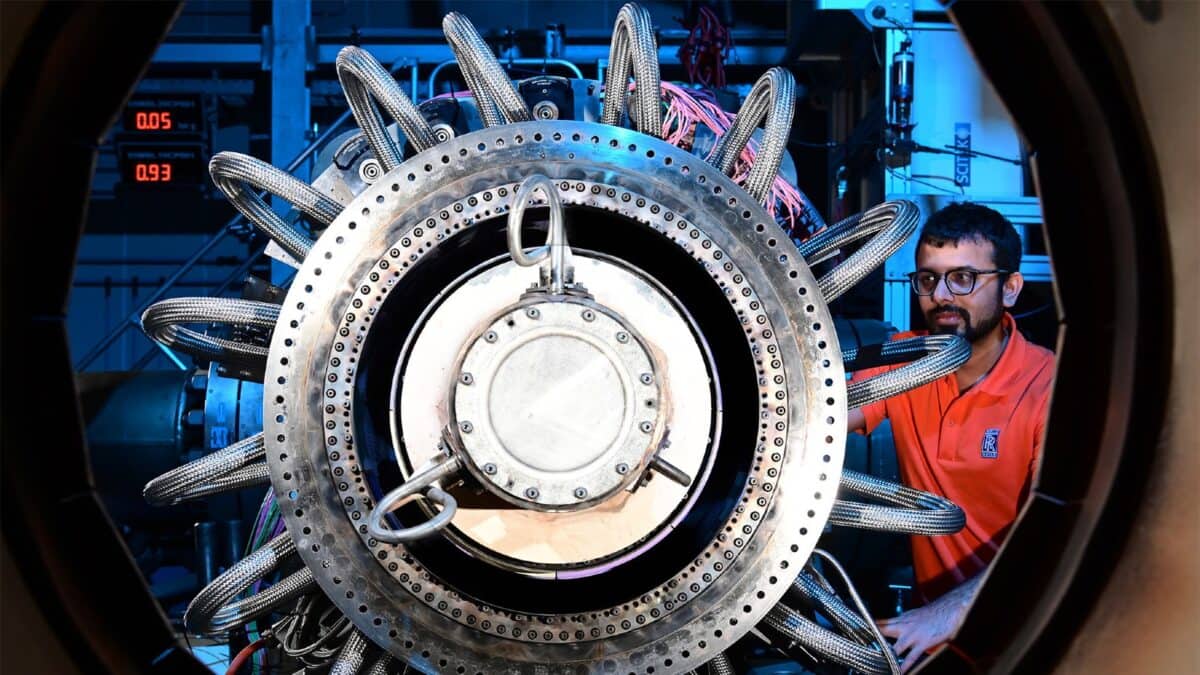Rolls-Royce (LSE:RR) shares have undergone a mighty turnaround in recent years. A little over 18 months ago, the shares were changing hands for 65p. Today, Rolls shares are worth more than £4 each and they’re up 165.6% over 12 months.
However, if I were to have invested five years ago, my investment would have only recently turned positive. Rolls-Royce shares are now up 25.5% over five years, so if I’d invested £1,000 before the pandemic, I’d have £1,255.
I’d also have received an interim dividend in early January 2020 worth 4.6p per share. That would have equated to around £12 for my £1,000 of holdings. So, all in all, I’d have £1,267. It’s not a bad return, especially considering everything that’s happened in the interim.
Would I buy today?
Rolls-Royce shares still look attractive to me today. So yes, I’d buy more Rolls stock if I could. The stock has great momentum, strong metrics, and the new(ish) CEO really appears to have put the company on the right track.
The firm’s now much leaner than it was and is spending less money on development projects that might never come to market. It’s also benefiting from a series of tailwinds across the defence and civil aerospace.
Civil aerospace
Rolls-Royce’s civil aerospace segment soared in 2023, and it contributed nearly half (48%) of the company’s underlying revenue.
Unsurprisingly, it was the company’s fastest-growing segment with a 29% increase in revenue. This growth was fuelled by a significant recovery in large engine flying hours, which reached 88% of 2019 levels. In turn, order volume for new engines surged.
The company expects continued momentum in 2024, with a full recovery in flying hours, reaching 100%-110% of 2019 levels. Additionally, Rolls-Royce hopes to deliver 500-550 engines, representing a significant 14.6% increase from the 458 delivered in 2023.
Defence
Rolls-Royce says its revenues weren’t directly impacted by Russia’s war in Ukraine. But it’s undeniable that the conflict’s having a profound impact on the company’s defence segment — which represented 28% of revenues in 2023.
According to a recent report, global defence spending jumped by 9% in 2023, reaching a record $2.2trn. Plenty of this defence spending has come within the NATO alliance where Rolls-Royce does plenty of business. It also benefits from long-term strategic programmes like AUKUS and Tempest.
The bottom line
I don’t think many things are holding Rolls-Royce back right now. Of course, we should all be wary about the impact of disease outbreaks on travel in the future. Another not-necessarily-global disease outbreak could still result in cautious population groups avoiding travel.
And the data supports my position. Rolls-Royce shares are currently trading at 22.46 times forward earnings. That’s not expensive versus its peer group, which tends to trade at slightly higher multiples because of growth expectations and the huge barriers to entry of operating in their sector.
Furthermore, the price-to-earnings ratio drops to 18.6 in 2025, and eventually 16.2 in 2027, based on the current forecasts.








